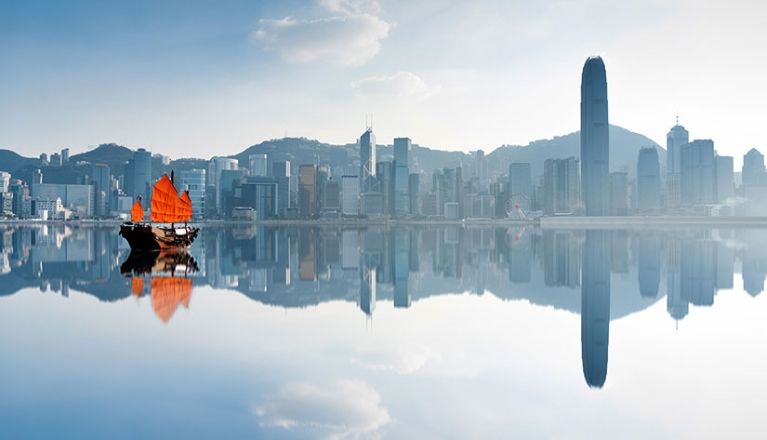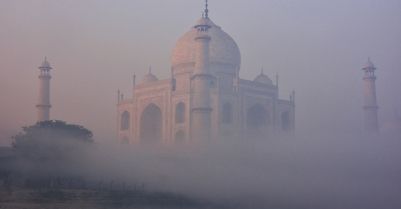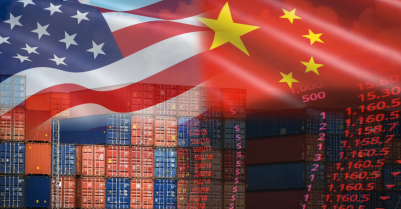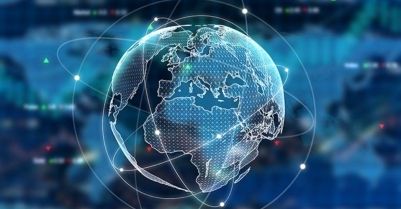Asia: the great divide?
In 2009, the countries of Asia had come through the great financial crisis virtually unscathed, powered by China which, at the time, was posting double-digit growth. Having barely suffered the effects of the contraction in trade, they would now benefit from rapid growth in new technologies, many of them produced in Asia. Over the past decade, Asia has thus been the number one contributor to global growth, offering great promise both to populations, who have seen their standard of living rise, and to investors.

In 2020, history did not repeat itself. The first reason for this is that Chinese growth has slowed over the last ten years – which is nothing unusual: you don’t grow as quickly when you account for 18% of global GDP, as China did in 2019, as you do when you represent 9%, as China did in 2009 – which means its spillover effects have been dampened. The second reason is that, while the crisis triggered by COVID-19 is indeed global, its impact varies greatly from country to country depending on a multitude of cyclical and structural factors that serve as safety nets in some countries (e.g. a strong base of family-owned businesses, high levels of solidarity and wealth, a high savings rate, government fiscal leeway) but make things worse in others (e.g. poor management of the pandemic, high dependence on tourism).
As we well know, efforts to control the epidemic and steps taken to curb its spread constitute one factor explaining the magnitude of the crisis. Asian countries stand out for having managed the public health aspect of the crisis relatively more efficiently that the rest of the world, whether emerging or developed. That being the case, it comes as no surprise that the countries hit hardest by growth shocks include those that have had to resign themselves to adopting the strictest public health measures (India, Malaysia, the Philippines and Singapore). Hong Kong and Thailand are collateral victims: their economies have nosedived because of their dependence on the outside world, and notably on tourism. Conversely, China, South Korea, Taiwan and Vietnam all stand out for having managed the public health crisis well and for having economies that are less dependent on tourism.
However, while controlling the epidemic is a prerequisite for recovery, the trajectory of that recovery will be determined by more structural factors. Indeed, the crisis has revealed – or reminded us of – deeper problems linked to each country’s level of economic development, the public and private safety nets at its disposal and the ability to deploy those safety nets. It has raised questions over the role of the state during an economic shock and the role of central banks as lenders of last resort and liquidity providers. The winners in this game are found among the region’s most advanced economies, namely the Asian Tigers (South Korea, Singapore and Taiwan – with Hong Kong lagging behind for the time being due to its dependence on tourist business, mainly from China). The latter have had the benefit of substantial recovery packages (equivalent to around 20% of GDP), primarily focused on supporting households and consumer spending, which they have been able to finance thanks to years of budget surpluses or highly capitalised sovereign wealth funds. For example, Singapore, whose economy stalled abruptly in the second quarter of 2020, has enjoyed a very rapid recovery.
Of course, these recovery packages are a necessary but not a sufficient condition: also required are institutional integrity, the buy-in of the local population and sound public governance. However, they do fuel the economic machine and thus help it get back up to speed more quickly.
The recovery is much more laboured in some ASEAN countries (Indonesia, the Philippines and Thailand). This can be put down to these countries’ much lower per capita income (between $10,000 and $20,000 per capita in purchasing power parity terms, compared with $40,000-90,000 for the Asian Tigers) and much more informal labour markets. These two characteristics largely account for the low tax base in these economies, which makes it difficult for governments to put in place effective social safety nets. The upshot is that in these countries, the crisis has resulted in dissaving, a sign of impoverishment of the population.
As the crisis rolls on, it raises questions as to how much irreversible damage economies might sustain, what hysteresis effects might materialise – especially in the labour market and the social sphere – and how the withdrawal of exceptional measures, whether fiscal or monetary, should be managed. In the short term, monetary considerations are the biggest concern.
Asian countries have taken advantage of a sharp slowdown in inflation – with some countries (Malaysia, Thailand and Singapore) even experiencing deflation – to significantly lower their base rates, which have bottomed out at levels close to those seen in advanced countries, i.e. close to zero.
But what will happen if US interest rates rise earlier or more sharply than forecast and inflation picks up more quickly in the US than in some emerging economies? In the past, so-called emerging countries have often been forced to adjust their monetary policy in line with the overall universe, mainly dictated by American choices. Of course, the context has changed since the days of the Asian crises. Thailand, the Philippines and Indonesia have all adopted more or less managed floating exchange rate regimes, which in theory means they have more freedom to use the monetary tools at their disposal. In reality, though, these countries cannot completely break free of what is happening elsewhere.
In a pessimistic scenario whereby the US recovery fuels inflation and interest rate rises but the same does not happen in Asia, the most vulnerable countries would find themselves in more or less uncharted waters, with the spread between their base rates and US interest rates narrowing. Such a situation would force central banks to choose afresh between supporting their economies, defending their currencies and controlling inflation, further weakening economies already hit hard by the crisis.
The crisis has sketched out the contours of a two-speed Asia. On one side are the winners: China, Vietnam and the Asian Tigers, which have managed the public health aspect of the crisis well, are less dependent on tourism and – with the exception of Vietnam – have the benefit of substantial recovery packages (although these have not reached 2009 levels, China’s debt has nonetheless risen by 25 percentage points of GDP this year, mainly due to public corporations) and buoyant exports. On the other side are those economies whose structural weaknesses have caught up with them, particularly the Philippines and Thailand. Nothing is set in stone, and this does not mean these countries will not be able to reinvent themselves, rebalance their models and gradually erase the wounds of the crisis; it just means that for some time yet, we will have to learn to live in a world where Asia is a fragmented concept.
For more information, see our paper of 25 March: Asie – Chêne ou roseau : l'Asean tiendra-t-elle ses promesses ? (“Asia – oak or reed: will ASEAN live up to its promise?”)
Sophie Wieviorka, Group Economic Studies









